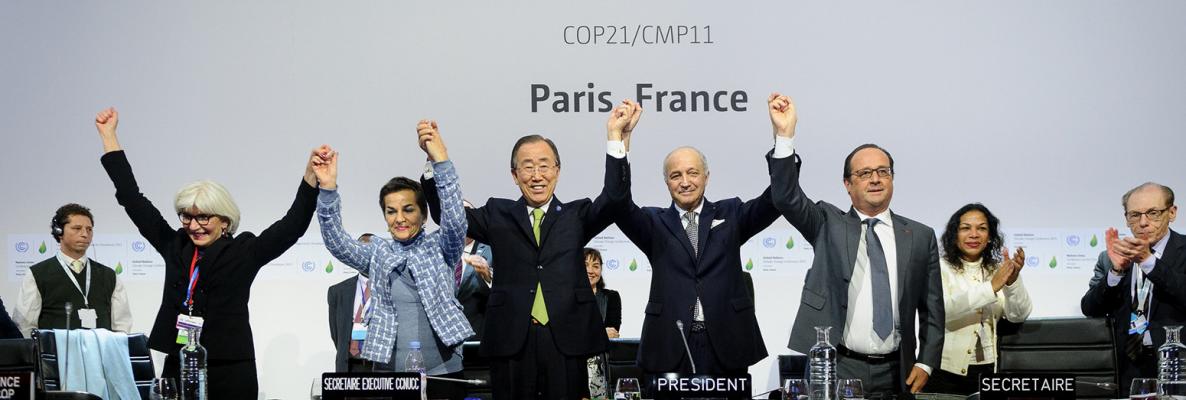The Paris Agreement aims to reduce greenhouse gases (GHG) emissions, keeping a global temperature rise this century well below 2C above pre-industrial levels. The Agreement has been signed by 188 countries and it is practically universal.
Actually, just 25 countries (shown below) comprise more than 90% of the total GHG emissions. China is the main emissor, with more than 25% of the world’s GHG emissions. Only three countries: China, United States and India are responsible for almost half of the total human-related GHG emissions in Earth. The chart below show GHG emissions (in MtCO2) by the most important countries in 2017.
The Paris Agreement requires all Parties to put forward their best efforts through “nationally determined contributions” (NDCs) and to strengthen these efforts in the years ahead. This includes requirements that all Parties report regularly on their emissions and on their implementation efforts. There will also be a global stocktake every 5 years to assess the collective progress towards achieving the purpose of the agreement and to inform further individual actions by Parties.

Paris Agreement and the National Determined Contributions (NDCs)
Particularly, the NDCs are the main instrument of Paris Agreement to achieve its goals. Each country commits reducing its GHG emissions, according to its national conditions and possibilities. By 18 April 2016, a total of 190 countries had communicated to UNFCC their intended NDC.
The National Determined Contributions are legally-binding. It means that each country must adopt the respective policies in order to achieve the reduction in GHG emissions outlined in its NDC. Although all NDCs are important; those from China, United States and India are particularly relevant.
According to the study of the aggregate effects of NDCs received by UNFCC, average per capita of GHG emissions are expected to decline by 8 and 4 per cent by 2025 and by 10 and 5 per cent by 2030, compared with the levels in 1990 and 2010, respectively. This information will be considered also by IPCC in its next GHG scenarios.
The main effort of Paris Agreement is towards climate change mitigation, reducing GHG emissions. However, it considers also a global goal regarding climate change adaptation strategies. According to the Article 7 of the Agreement, the parties must enhance adaptation capacities, strength climate resilience and reduce vulnerability. Each country must develop and submit National Adaptation Plans.
Furthermore, the Paris Agreement (Art. 8) recognizes the importance of averting, minimizing and addressing loss and damage associated with the adverse effects of climate change, particularly those coming from extreme weather events.

As pointed out in the Chinese NDC, “A one-thousand-mile journey starts from the first step”. We can’t reverse the climate change, but we could diminish its effects by adopting “green” policies, aimed to reduce GHG emissions. The Paris Agreement and the NDCs are the promising tools to achieve this goal.

